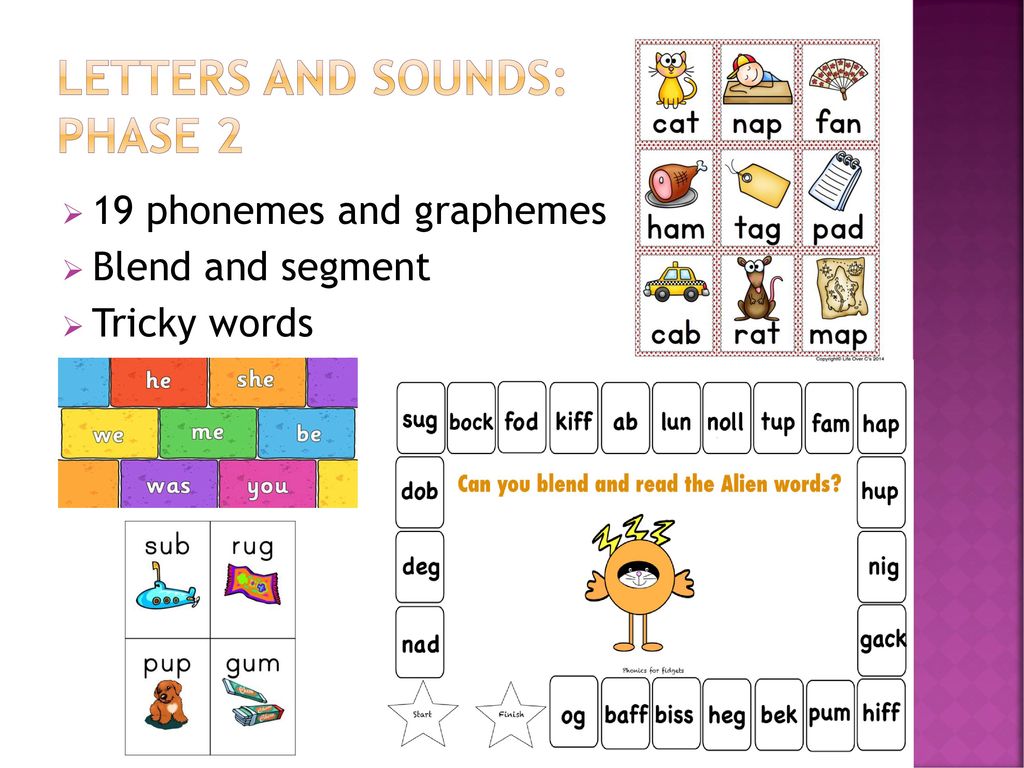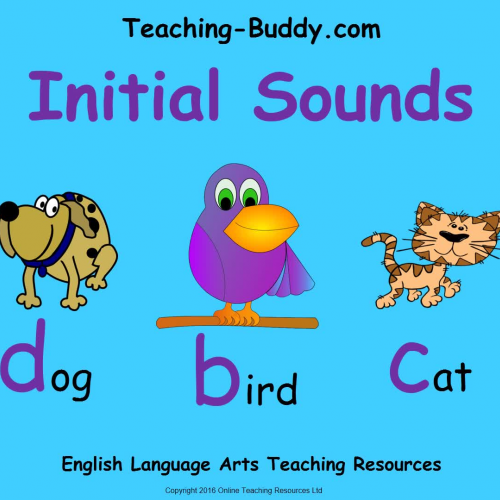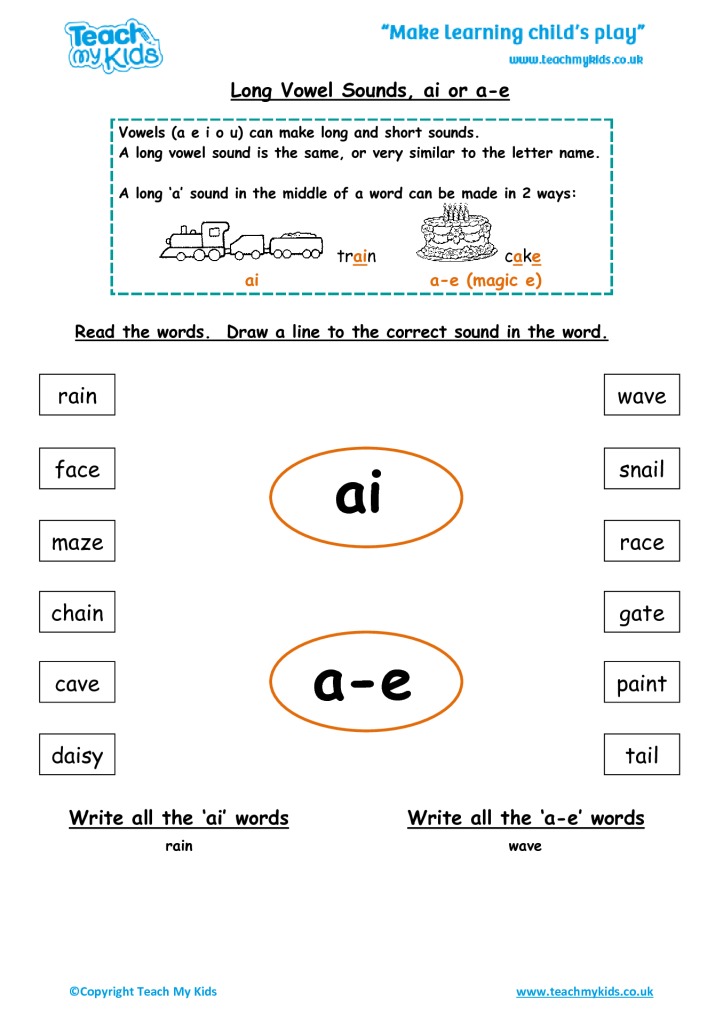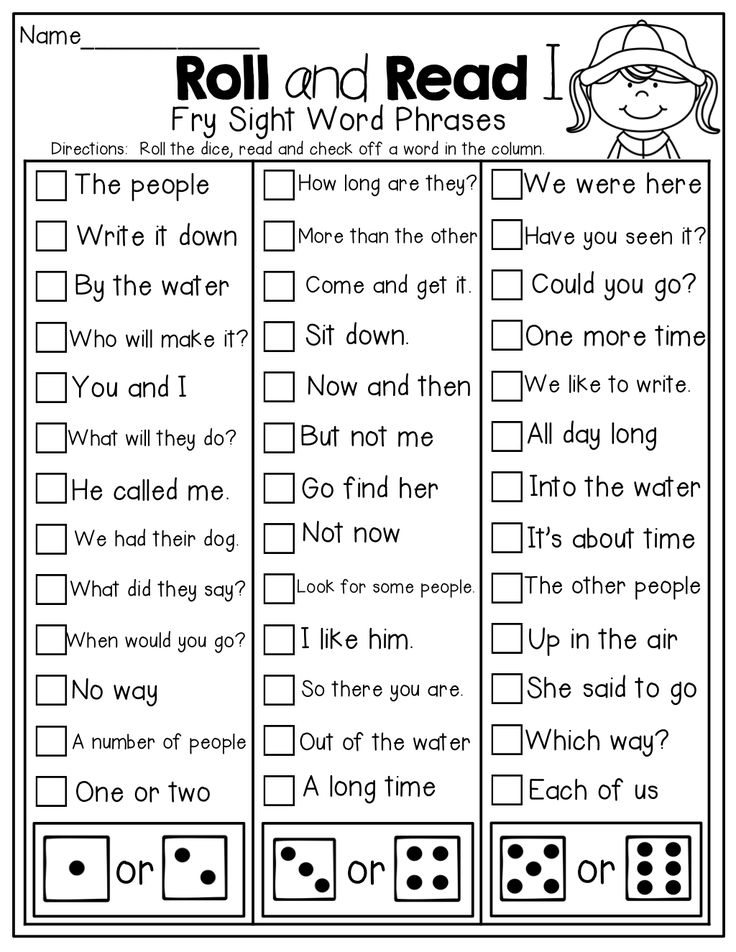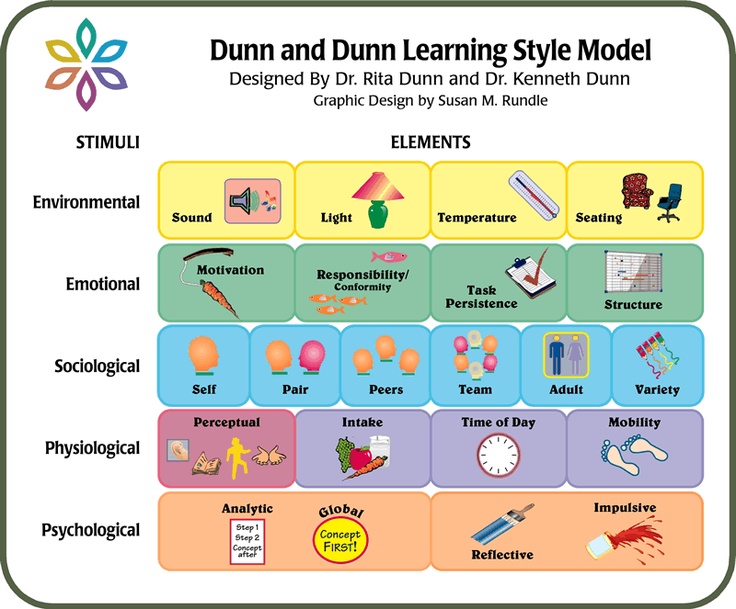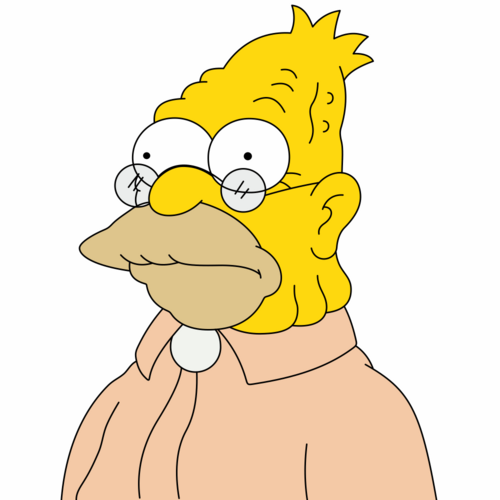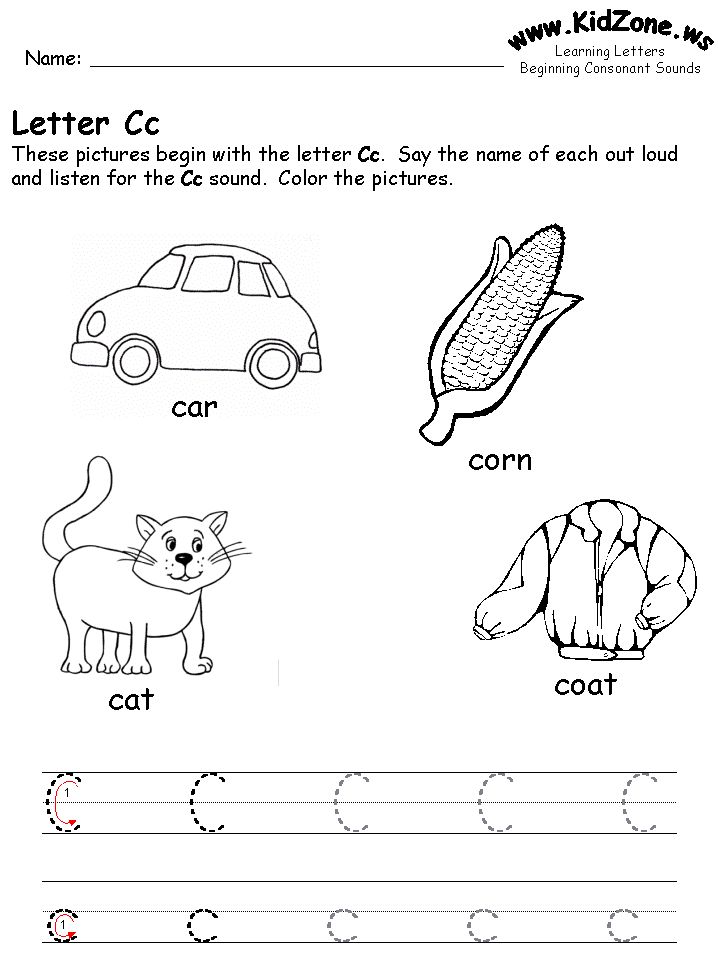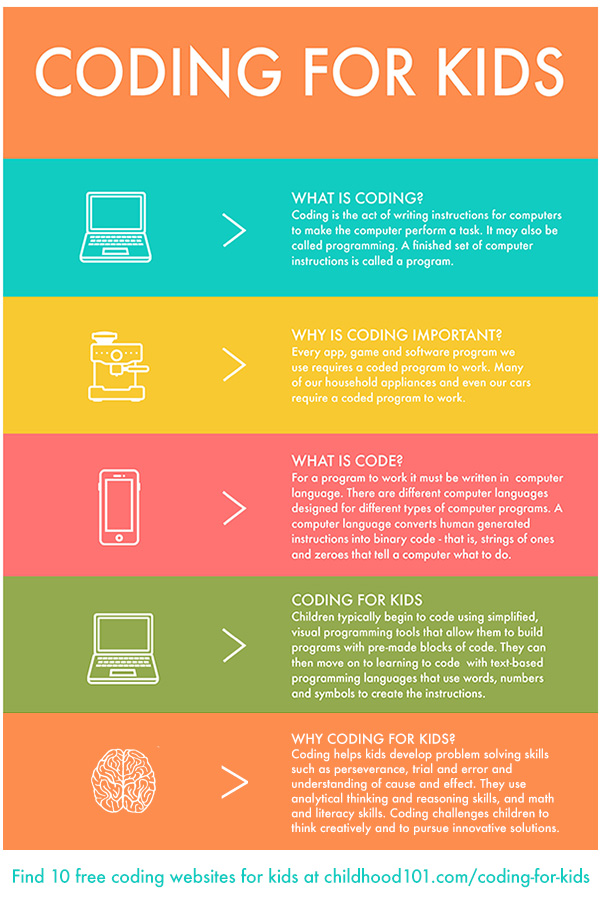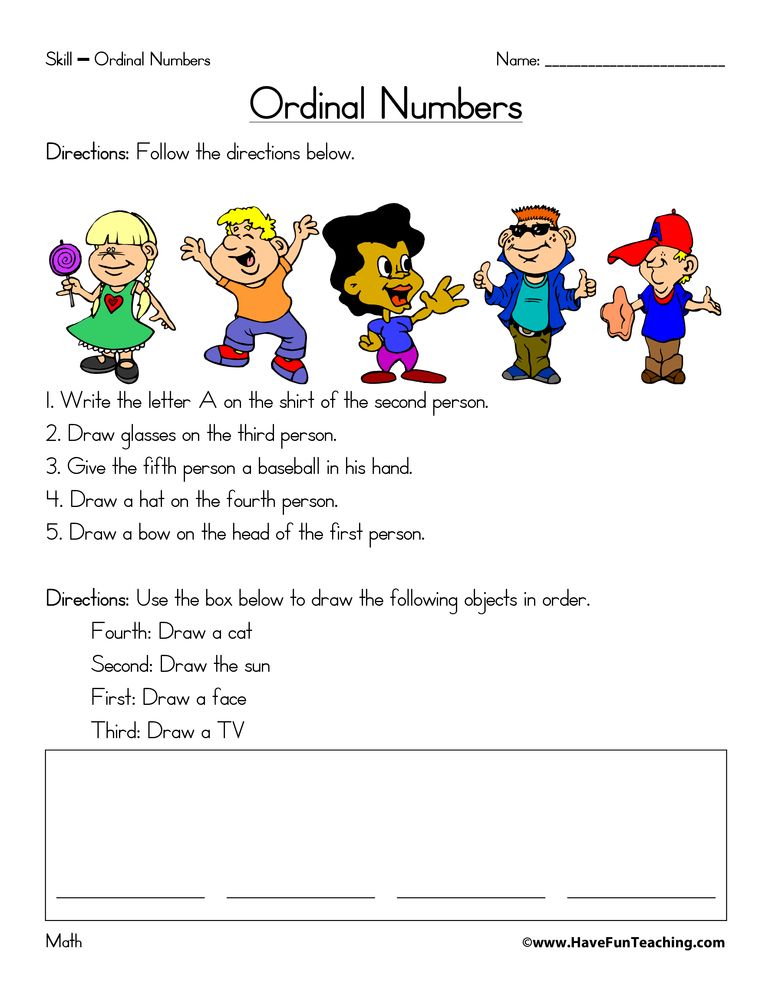Sound and letters
» Sounds and letters
» Sounds and letters
Learning the building blocks of words - sounds, their spellings, and word parts
2 Replies
If you want to store a large, complex system such as the English spelling system in a finite human brain, you have to organise it well.
To organise something, you first need an organising principle or principles.
If you want to use the relationship between letters and sounds as your organising principle for spelling (and most sensible people do), you can start from the letters and work to the sounds, or start from the sounds and work to the letters.
Starting from the letters
There are 26 letters in the English alphabet, but English also has a whole stack of letter combinations that can represent individual sounds:
- Two letter combinations, like “oo” as in “book”, “er” as in “her”, “ph” as in “phone” and “ey” as in “key”
- Three letter combinations, like “igh” as in “high”, “dge” as in “bridge”, “tch” as in “catch” and “ere” as in “here”.
- Four letter combinations, like “eigh” as in “eight”, “aigh” as in “straight”, “augh” as in “caught”, and “ough” as in “bought”, “drought”, “dough”, “through”, “thorough” (but not “cough” or “tough”, where the “ou” and the “gh” represent different sounds, and just happen to be next to each other).
To add to the complexity, many letters and letter combinations can represent more than one sound, for example, the letter “y” represents four different sounds in the words “yes”, “by”, “baby” and “gym”. The spelling “ea” represents three different sounds in the words “beach”, “dead” and “break”.
As well as more common letter-sound patterns, there are letter-sound patterns that only occur in one or two words, like the “sth” in “asthma” and “isthmus”, and the “xe” in “axe”, “deluxe” and “annexe”.
It's an almost impossible task to use letters and letter patterns to organise your thinking about spelling, as there are simply so many of them and their relationships with sounds are so complex.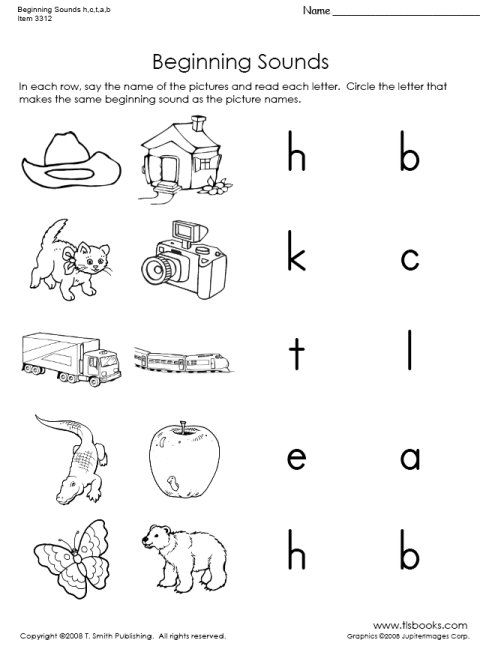
After a while it starts to seem that there must be thousands of sounds in English, whereas there are only 44[1] . So let's try using sounds as our organising principle.
Starting from sounds
The sounds of English are:
Three pairs of consonants made by stopping airflow in the mouth then letting it go:
- “p” as in pop, puppy and cantaloupe (voiceless lip sound).
- “b” as in bob, rubber, build and cupboard (voiced lip sound).
- “t” as in tot, butter, backed, joked, laundrette, torte, Thomas, receipt, debt, yacht, indict and pizza (voiceless tongue tip sound).
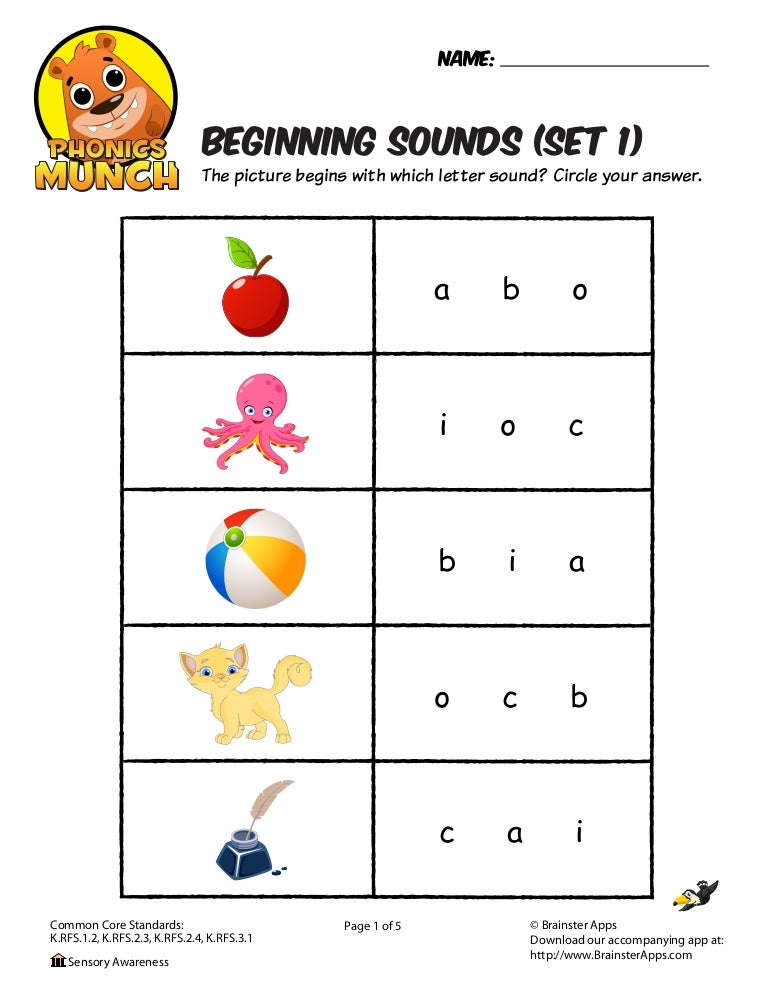
- “d” as in did, muddy, wagged, aide and jodhpurs (voiced tongue tip sound).
- “k” as in cot, king, luck, quit, chrome, mosque, khaki, liquor, accord, excel, Bourke, trekking, acquaint, racquet and zucchini (voiceless back of the tongue sound).
- “g” as in go, biggest, guide, ghoul and morgue (voiced back of the tongue sound).
Three pairs of consonants made through your nose using your voice:
- “m” as in mum, hammer, limb, autumn, programme and paradigm (lip sound).

- “n” as in non, runner, know, reign, cayenne, pneumonia and mnemonic (tongue tip sound).
- “ng” as in wing, think and tongue (back of the tongue sound).
Four pairs of friction sounds made by squeezing air through narrow spaces in the mouth:
- “th” as in thin, Matthew and phthalates (voiceless tongue-between-teeth sound).
- “th” as in this and breathe (voiced tongue-between-teeth sound).
- “f” as in far, sniff, phone, cough, Chekhov, gaffe, carafe and often[2] (voiceless teeth on lip sound).
- “v” as in vat, love, skivvy, of, Stephen and Louvre (voiced teeth on lip sound).
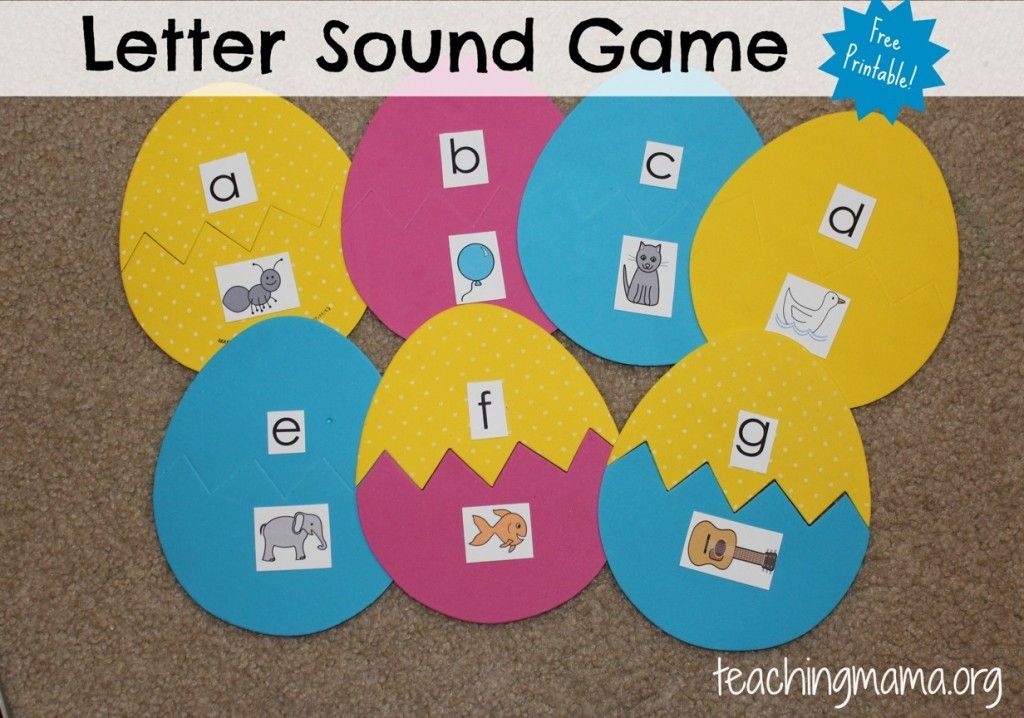
- “s” as in sell, city, voice, hou se, scent, pass, whistle, psychologist, quartz, coalesce, mousse, sword, asthma, and waltz.
- “z” as in zip, is, pause, dazzling, bronze, xylophone, dessert, business and tsar/czar.
- “sh” as in ash, lotion, passion, pension, facial, chef, schnitzel, moustache, ocean, sugar, appreciate, initiate, conscience, tissue, cushion, crescendo and fuchsia.
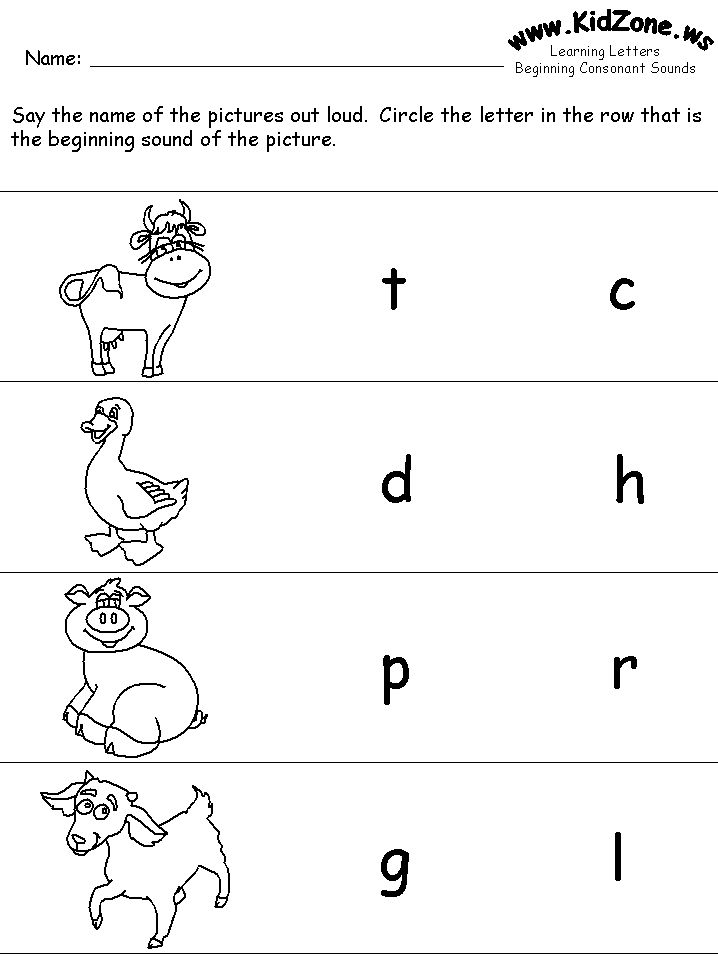
- “zh” as in beige, vision, pleasure, aubergine, déjà vu, seizure, equation and casuarina.
One pair of sounds made by stopping the air and then releasing it through a narrow space in the mouth:
- “ch” (a combination of “t” and “sh”) as in chair, hutch, creature, bocconcini, cappuccino, kitsch, luncheon, question, righteous, ciao and Czech.
- “j” (a combination of “d” and “zh”) as in jar, gem, sponge, ridge, budgie, religion, adjust, suggest, educate, soldier and hajj.
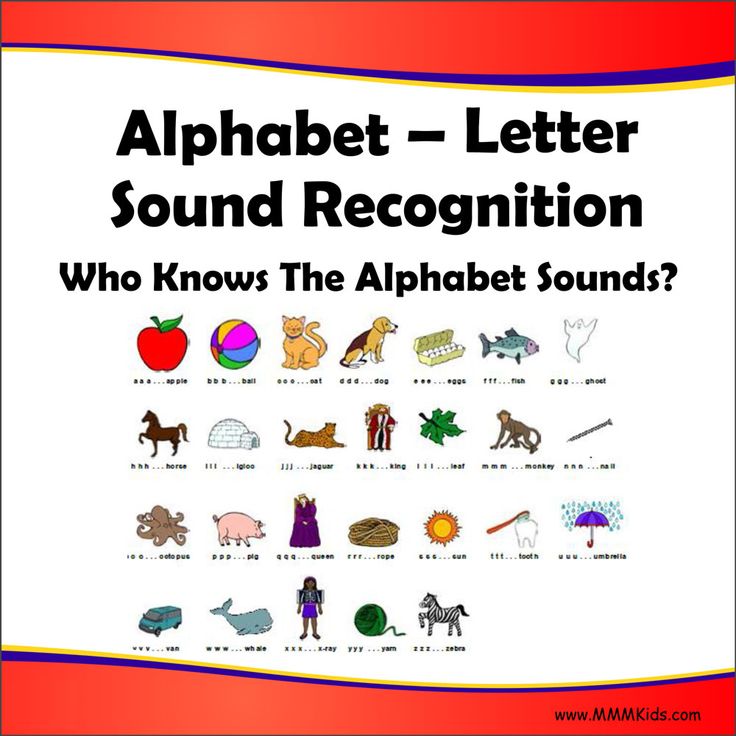
Four semi-vowels:
- “w” as in we, when, quack, one, marijuana and ouija.
- “y” as in yum, onion, hallelujah, tortilla and El Niño.
- “r” as in rip, wrist, barrel, rhubarb, diarrhoea and Warwick.
- “l” as in look, doll, grille, aisle, island and kohl.
One friction sound that has no pair:
- “h”, made by squeezing air through the back of your throat, as in hat, who, jojoba and junta.
So that makes 24 consonant sounds. Then there are 20 vowels:
Six “checked” vowels that require a consonant sound after them in English (sometimes called "short" vowels):
- “a” as in at, plait, salmon, meringue and Fahrenheit.
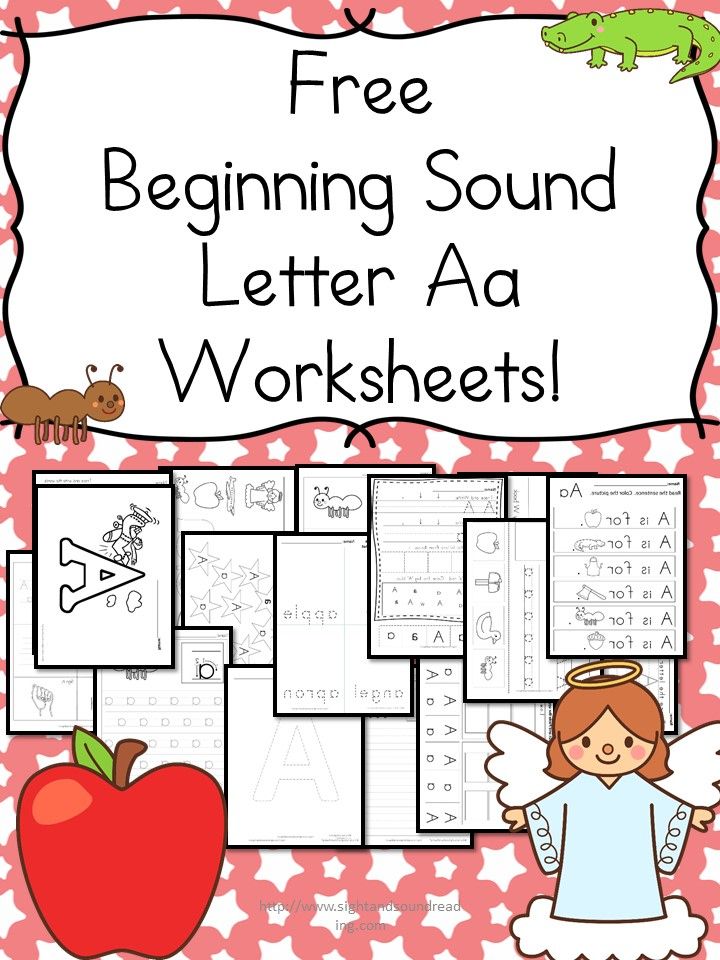
- “e” as in wet, deaf, any, said, says, friend, haemmorhage, leopard, leisure, bury and Geoff.
- “i” as in in, myth, passage, pretty, breeches, busy, marriage, sieve, women and bream.
- “o” as in on, swan, because, entree, cough, John, lingerie and bureaucracy.
- “u” as in up, front, young, blood, does and laksa.
- “oo” as in pull, good, could, wolf, tour and Worcestershire.

Six other vowels that are sometimes called “long vowels” (they're not really long, but they can be the last sound in a word):
- “ay” as in same, sail, say, danger, weigh, vein, they, café, reggae, great, purée, fete, straight, gauge, gaol, laissez-faire and lingerie.
- “I” as in like, hi, by, pie, high, type, chai, feisty, bye, height, kayak, eye, iron, maestro and naive.
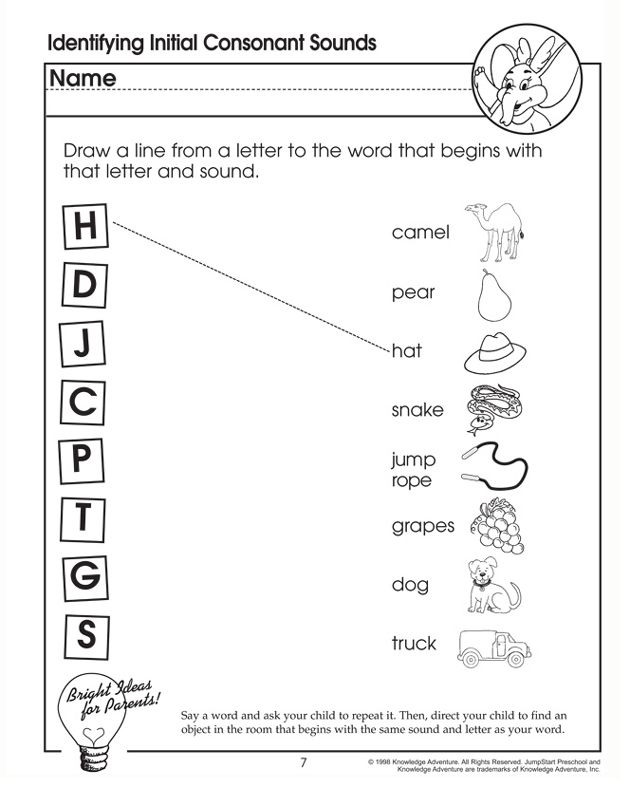
- “oh” as in rope, no, boat, goes, glow, plateau, soul, mauve, though, yolk, brooch, owe, sew and Renault.
- “ooh” as in food, June, chew, brutal, youth, clue, fruit, to, sleuth, shoe, roux, coup, pooh, through, two, manoeuvre and bouillion.
- “you” (a combination of “y” and “ooh”) as in use, few, cue, feud, tulip, beauty, pursuit, ewe and vacuum.
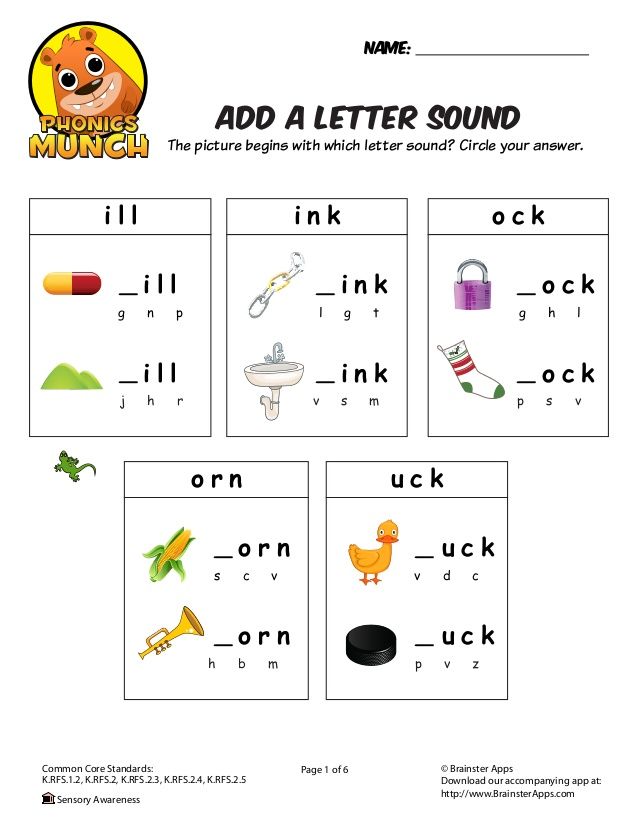
- “ee” as in bee, eat, field, me, these, jelly, taxi, turkey, ceiling, marine, paediatric, amoeba, quay, people, Grand Prix, fjord, ratatouille and Leigh.
Seven other vowels, some of which are called "r-controlled" vowels in some spelling books:
- “ar” as in arm, past, calf, blah, charred, are, baa, clerk, aunt, heart, bazaar and bizarre.
- “er” as in fern, curl, dirt, word, pearl, purr, err, whirred, slurred, masseur, journalist, milieu, were, colonel, myrrh, myrtle and hors d’oeuvre.
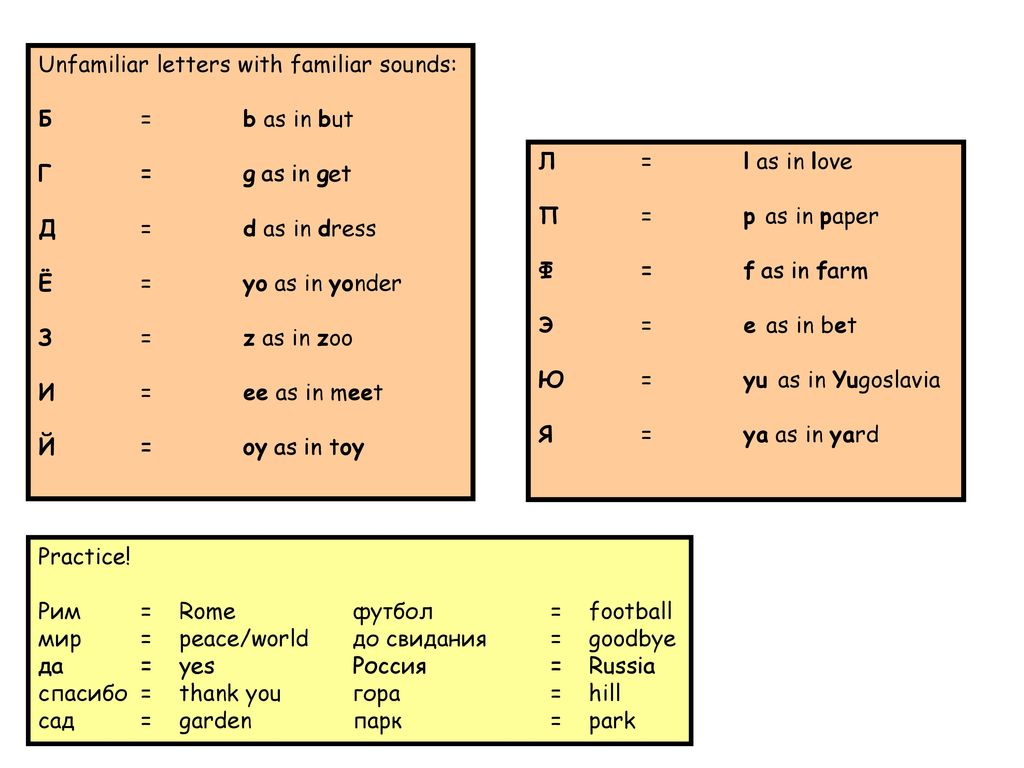
- “aw” as in saw, cord, more, court, faun, bought, wart, all, door, chalk, taught, board, dinosaur, baulk, sure, broad, awesome, you’re, corps, extraordinaire, hors d’oeuvre and assurance.
- “ou” as in out, cow, drought, kauri, Maori and miaow.
- “oy” as in boy, soil, Freud, lawyer and Despoja.
- “air” as in care, fair, pear, parent, aerial, solitaire, there, sombrero, heir, their, they’re, prayer, mayor and yeah.
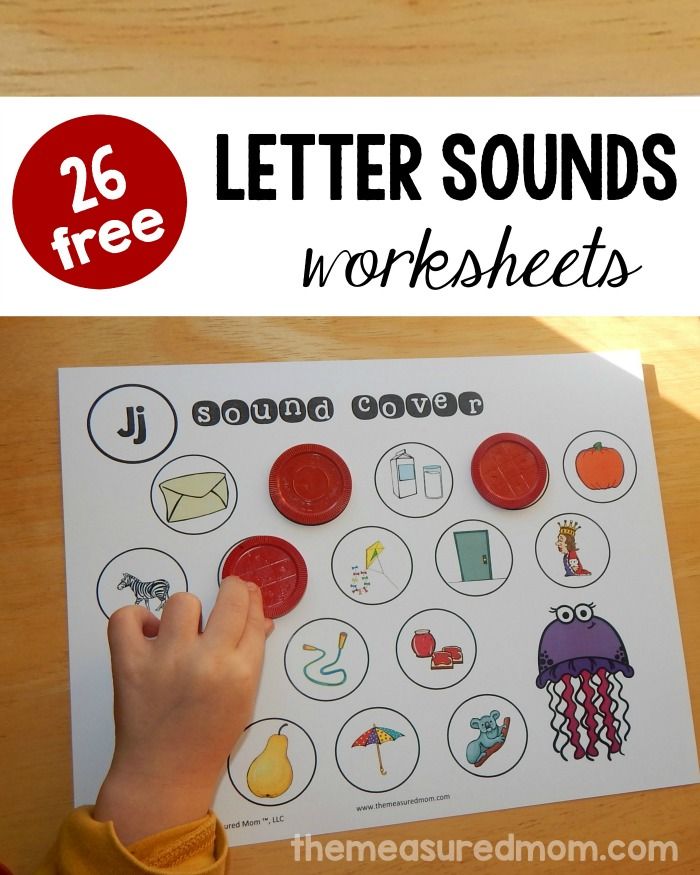
- “ear” as in dear, beer, tier, ere, bacteria, souvenir, Hampshire, weird and Shakespeare.
One unstressed vowel, heard mostly in multisyllable words:
- “uh” as in fire, super, metre, buzzard, tractor, odour, jealous, nature, mynah, violent, pencil, cherub, delicate, granite, purpose, minute, restaurant, aesthetic, martyr, mischievous, borough, portrait, foreign, papier-mache, cupboard, sulphur, porpoise, circuit, tapir…
The unstressed vowel also occurs in spoken sentences in small, grammatical words like "a" and "the".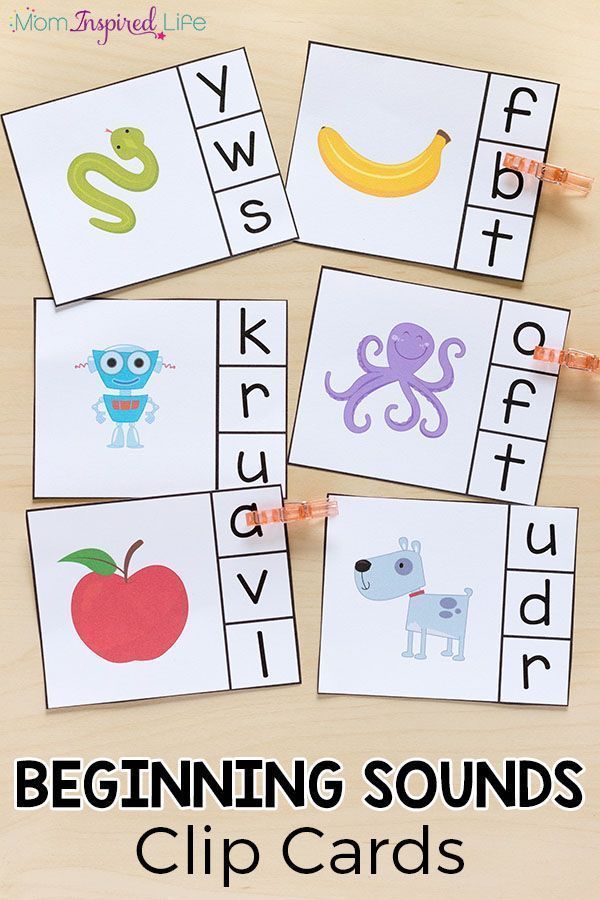 Because these words occur very frequently, this can be a source of much confusion about how basic vowels are spelt.
Because these words occur very frequently, this can be a source of much confusion about how basic vowels are spelt.
This is still a long list, but at least it's possible to put a lid on it, by teaching the main spellings for all the sounds in one-syllable words, then the main additional spellings in longer words.
Eventually you find you've got most words covered, and there's just a list of weird ones for each sound that don't follow any major pattern, and are therefore also memorable.
Learners can make up a spelling collection with a page for each sound, and list all the spellings they know in groups. In fact there are books you can buy for this purpose such as Soundasaurus, but I generally quibble with some of the categories, and prefer to use my own Spelling Collection. Crossings-out, sticky notes and/or extra pages added in later are good evidence that learners have been actively thinking and learning about the relationship between sounds and letters.
[1] Linguists will always argue about how many sounds there are in English, because the mouth is a mushy place without clear boundaries – for example, the “l” sound at the start of “look” is phonetically different from the one at the end of “hall”, and the sound “ay” in “play” and “ie” as in “time” are technically two sounds, but slicing things that finely doesn’t really help with learning spelling. Most people say there are between 42 and 44 sounds for the purposes of teaching spelling (depending on whether you call "ear" and "air" separate spellings or not).
Most people say there are between 42 and 44 sounds for the purposes of teaching spelling (depending on whether you call "ear" and "air" separate spellings or not).
[2] and lieutenant if you speak British English, but actually this word comes from French and means someone standing in (in lieu) for the tenant or office-holder, so the American pronunciation (“loo-tenant”, not “leff-tenant”) is closer to the original French.
« Spelling rules
Literacy Instruction for Individuals with Autism, Cerebral Palsy, Down Syndrome, and Other Disabilities
What are letter-sound correspondences?
Letter-sound correspondences involve knowledge of
- the sounds represented by the letters of the alphabet
- the letters used to represent the sounds
Top
Why is knowledge of letter-sound correspondences important?
Knowledge of letter-sound correspondences is essential in reading and writing
- In order to read a word:
- the learner must recognize the letters in the word and associate each letter with its sound
- In order to write or type a word:
- the learner must break the word into its component sounds and know the letters that represent these sounds.

- the learner must break the word into its component sounds and know the letters that represent these sounds.
Knowledge of letter-sound correspondences and phonological awareness skills are the basic building blocks of literacy learning.
These skills are strong predictors of how well students learn to read.
Top
What sequence should be used to teach letter-sound correspondence?
Letter-sound correspondences should be taught one at a time. As soon as the learner acquires one letter sound correspondence, introduce a new one.
We suggest teaching the letters and sounds in this sequence
- a, m, t, p, o, n, c, d, u, s, g, h, i, f, b, l, e, r, w, k, x, v, y, z, j, q
This sequence was designed to help learners start reading as soon as possible
- Letters that occur frequently in simple words (e.g., a, m, t) are taught first.
- Letters that look similar and have similar sounds (b and d) are separated in the instructional sequence to avoid confusion.
- Short vowels are taught before long vowels.
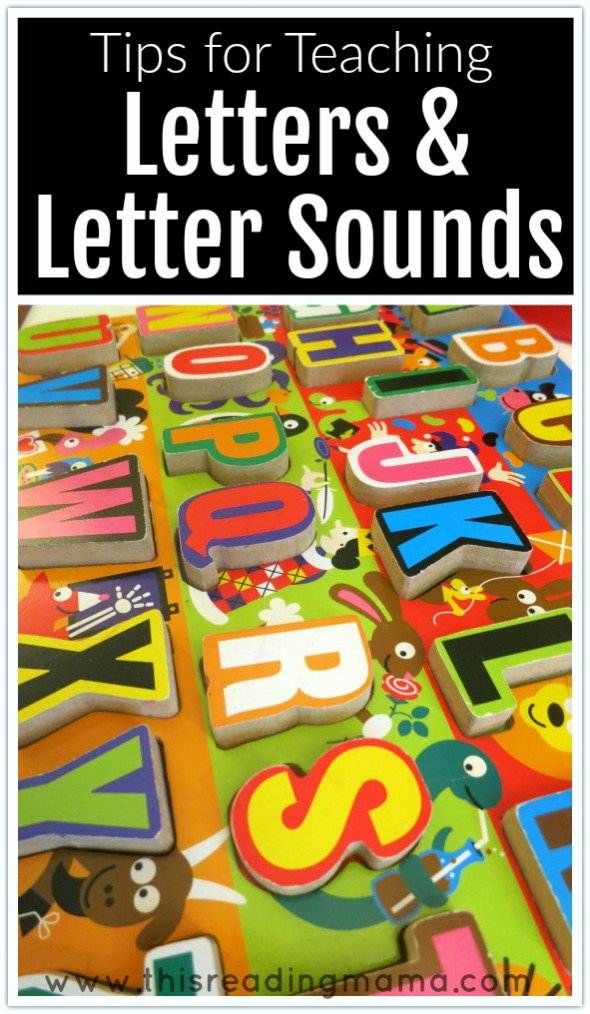
- Lower case letters are taught first since these occur more frequently than upper case letters.
The sequence is intended as a guideline. Modify the sequence as required to accommodate the learner’s
- prior knowledge
- interests
- hearing
Top
Is it appropriate to teach letter names as well as letter sounds?
Start by teaching the sounds of the letters, not their names. Knowing the names of letters is not necessary to read or write. Knowledge of letter names can interfere with successful decoding.
- For example, the learner looks at a word and thinks of the names of the letters instead of the sounds.
Top
Sample goal for instruction in letter-sound correspondences
The learner will
- listen to a target sound presented orally
- identify the letter that represents the sound
- select the appropriate letter from a group of letter cards, an alphabet board, or a keyboard with at least 80% accuracy
Top
Instructional Task
Here is an example of instruction to teach letter-sound correspondences
- The instructor
- introduces the new letter and its sound
- shows a card with the letter m and says the sound “mmmm”
After practice with this letter sound, the instructor provides review
- The instructor
- says a letter sound
- The learner
- listens to the sound
- looks at each of the letters provided as response options
- selects the correct letter
- from a group of letter cards,
- from an alphabet board, or
- from a keyboard.
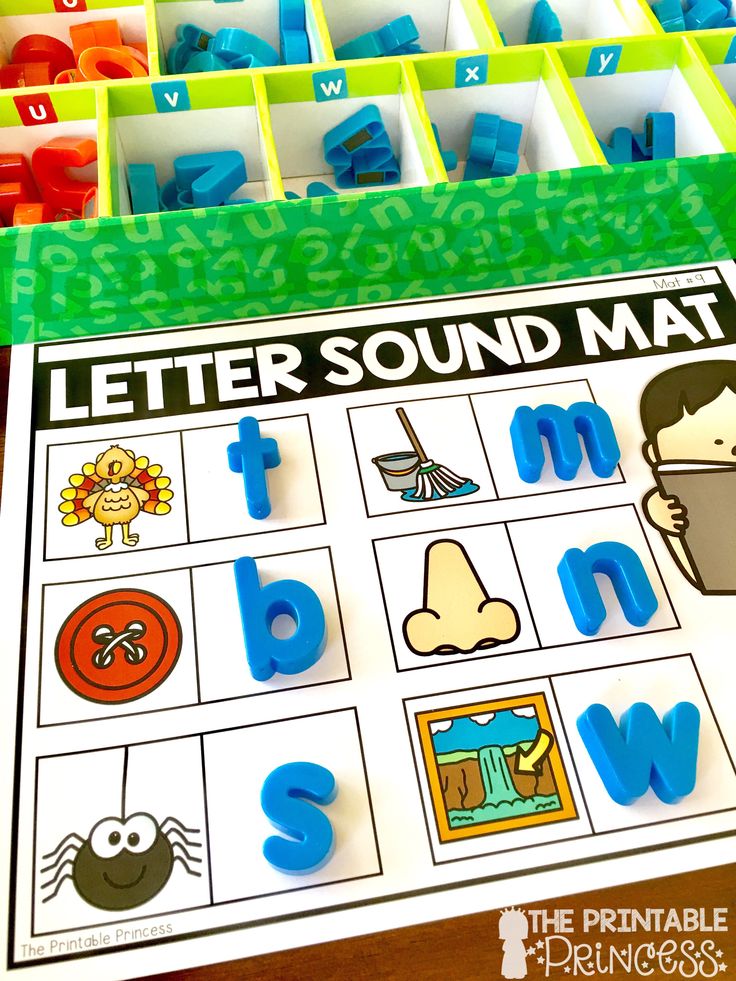
Top
Instructional Materials
Various materials can be used to teach letter-sound correspondences
- cards with lower case letters
- an alphabet board that includes lower case letters
- a keyboard adapted to include lower case letters
Here is an example of an adapted keyboard that might be used for instruction once a student knows many of the letter-sound correspondences.
The learner must
- listen to the target sound – “mmmm”
- select the letter – m – from the keyboard
Top
Instructional Procedure
The instructor teaches letter-sound correspondences using these procedures:
- Model
- The instructor demonstrates the letter-sound correspondence for the learner.
- Guided practice
- The instructor provides scaffolding support or prompting to help the learner match the letter and sound correctly.
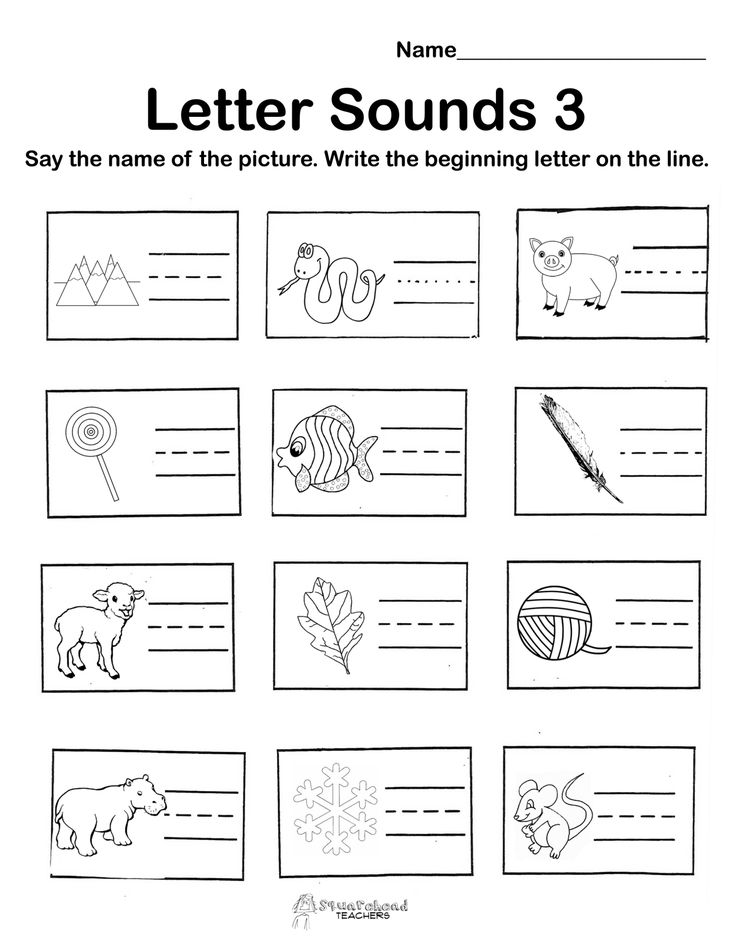
- The instructor gradually fades this support as the learner develops competence.
- The instructor provides scaffolding support or prompting to help the learner match the letter and sound correctly.
- Independent practice
- The learner listens to the target sound and selects the letter independently.
- The instructor monitors the learner’s responses and provides appropriate feedback.
Top
Student Example
Krista is 8 years old in this video
- Krista has multiple challenges, including a hearing impairment, a visual impairment, and a motor impairment. She also has a tracheostomy.
- We started to work with Krista when she was 8 years old. At that time, she was in a special education class at school and was not receiving literacy instruction.
- She uses sign approximations to communicate with others. She also uses a computer with speech output (a Mercury with Speaking Dynamically Pro software). Because of her hearing impairment, she does best when she receives augmented input (sign and speech).
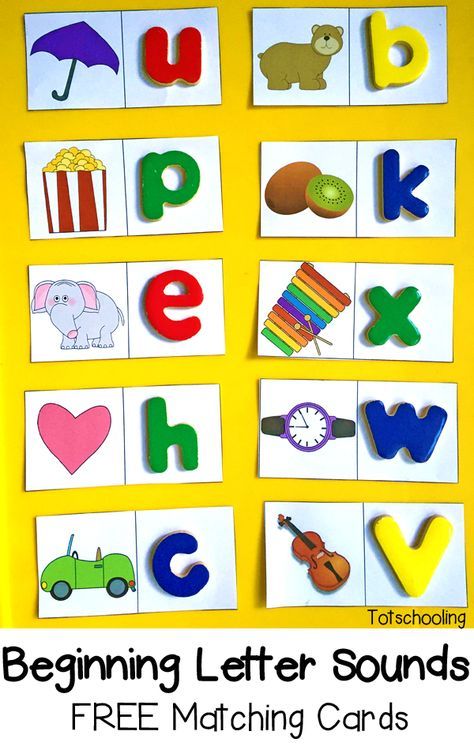
- This video was taken after 3 weeks of instruction.
- Krista is learning letter-sound correspondences. So far she has been introduced to the letter sounds for m and b
- Janice is providing instruction; Marissa, a graduate student at Penn State, is learning about literacy instruction and helping to collect data; and Krista’s parents and nurse are watching the session, excited about her progress.
- Janice
- provides an array of letter cards as response options
- says one of the target letter sounds
- Krista
- listens to the sound
- points to the letter that makes the target sound
- After 3 weeks (approximately 3 hours) of instruction, Krista has successfully learned the letter sounds – m and b.
- Over the next months, we introduced the other letter sounds gradually. We also worked on recognition of high interest sight words, decoding skills, and shared reading activities.
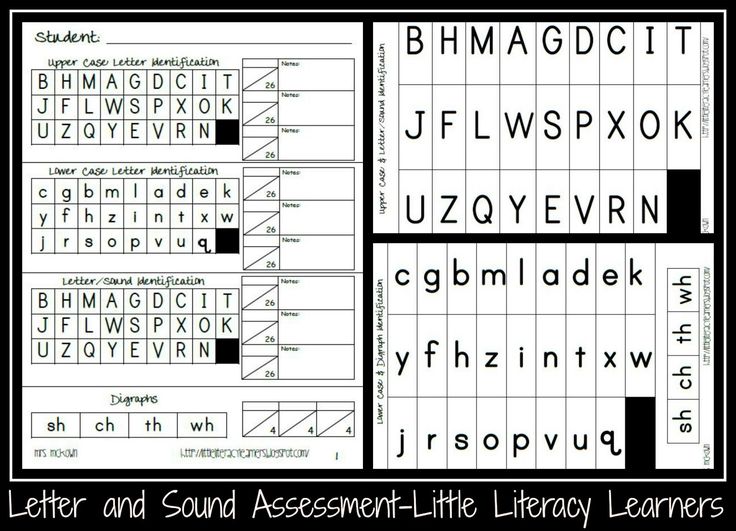
- Krista made excellent progress in all activities. Click to learn more about Krista’s success learning literacy skills despite the many challenges she faced.
Top
Pointers
There are a wide range of fonts. These fonts use different forms of letters, especially the letter a.
- Initially use a consistent font in all instructional materials
- Later, as the learner develops competence, introduce variations in font.
Top
Last Updated: February 19, 2019
Sounds and letters of the Russian language - scheme, table, transcription
Contents:
• What is sound?
• What sounds are there?
• How are sounds pronounced?
• Transcription of the word
• Color scheme
Sounds belong to the phonetics section.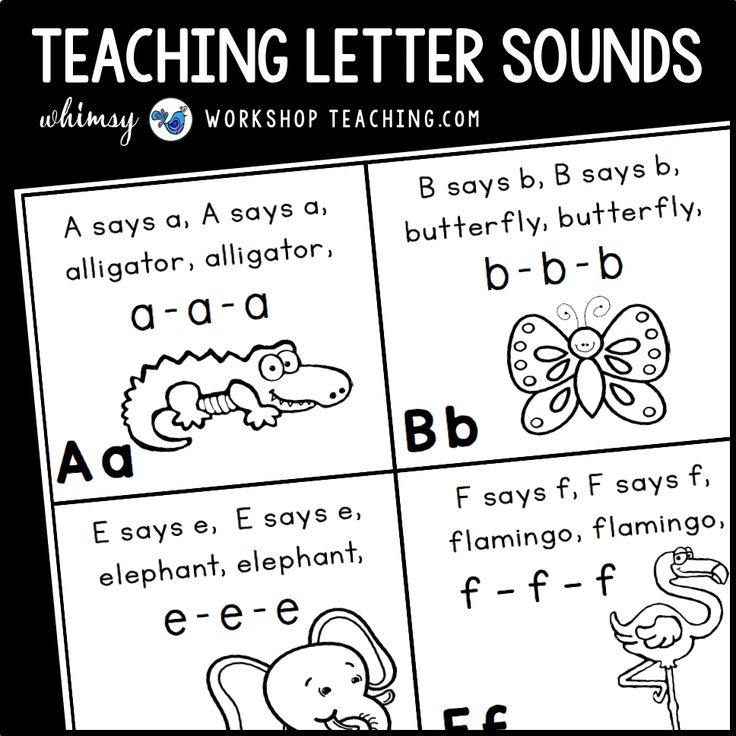 The study of sounds is included in any school curriculum in the Russian language. Acquaintance with sounds and their main characteristics occurs in the lower grades. A more detailed study of sounds with complex examples and nuances takes place in middle and high school. This page provides only basic knowledge of the sounds of the Russian language in a compressed form. If you need to study the device of the speech apparatus, the tonality of sounds, articulation, acoustic components and other aspects that are beyond the scope of the modern school curriculum, refer to specialized textbooks and textbooks on phonetics.
The study of sounds is included in any school curriculum in the Russian language. Acquaintance with sounds and their main characteristics occurs in the lower grades. A more detailed study of sounds with complex examples and nuances takes place in middle and high school. This page provides only basic knowledge of the sounds of the Russian language in a compressed form. If you need to study the device of the speech apparatus, the tonality of sounds, articulation, acoustic components and other aspects that are beyond the scope of the modern school curriculum, refer to specialized textbooks and textbooks on phonetics.
What is sound?
Sound, like words and sentences, is the basic unit of language. However, the sound does not express any meaning, but reflects the sound of the word. Thanks to this, we distinguish words from each other. Words differ in the number of sounds (port - sport, crow - funnel), set of sounds (lemon - estuary, cat - mouse), sequence of sounds (nose - dream, bush - knock) up to a complete mismatch of sounds (boat - boat, forest - park ).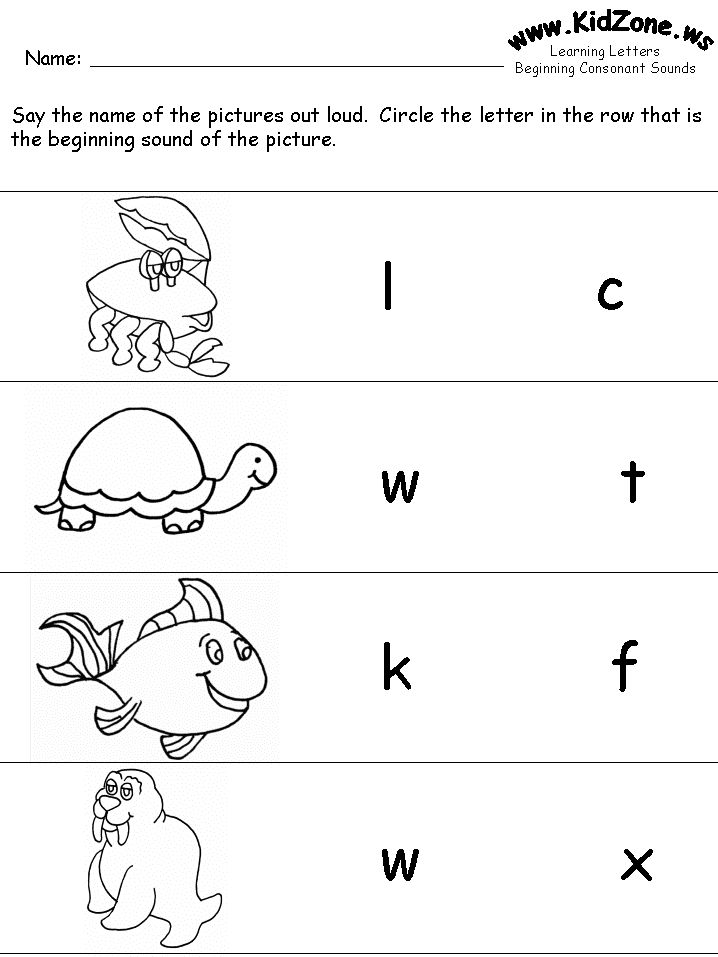
What sounds are there?
In Russian, sounds are divided into vowels and consonants. There are 33 letters and 42 sounds in Russian: 6 vowels, 36 consonants, 2 letters (ь, ъ) do not indicate a sound. The discrepancy in the number of letters and sounds (not counting b and b) is due to the fact that there are 6 sounds for 10 vowels, 36 sounds for 21 consonants (if we take into account all combinations of consonant sounds deaf / voiced, soft / hard). On the letter, the sound is indicated in square brackets.
There are no sounds: [e], [e], [yu], [i], [b], [b], [g '], [w '], [c '], [th], [h ], [sch].
How are sounds pronounced?
We pronounce sounds while exhaling (only in the case of the interjection "a-a-a", expressing fear, the sound is pronounced while inhaling.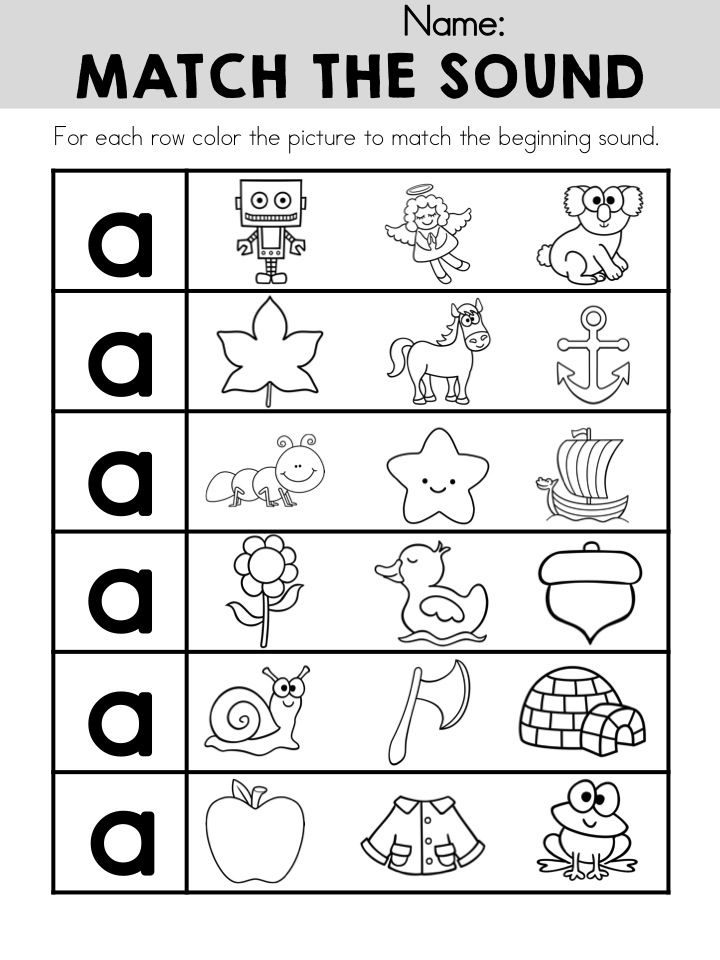 ). The division of sounds into vowels and consonants is related to how a person pronounces them. Vowel sounds are pronounced by the voice due to the exhaled air passing through the tense vocal cords and freely exiting through the mouth. Consonant sounds consist of noise or a combination of voice and noise due to the fact that the exhaled air meets an obstacle in its path in the form of a bow or teeth. Vowel sounds are pronounced loudly, consonant sounds are muffled. A person is able to sing vowel sounds with his voice (exhaled air), raising or lowering the timbre. Consonant sounds cannot be sung, they are pronounced equally muffled. Hard and soft signs do not represent sounds. They cannot be pronounced as an independent sound. When pronouncing a word, they affect the consonant in front of them, make it soft or hard.
). The division of sounds into vowels and consonants is related to how a person pronounces them. Vowel sounds are pronounced by the voice due to the exhaled air passing through the tense vocal cords and freely exiting through the mouth. Consonant sounds consist of noise or a combination of voice and noise due to the fact that the exhaled air meets an obstacle in its path in the form of a bow or teeth. Vowel sounds are pronounced loudly, consonant sounds are muffled. A person is able to sing vowel sounds with his voice (exhaled air), raising or lowering the timbre. Consonant sounds cannot be sung, they are pronounced equally muffled. Hard and soft signs do not represent sounds. They cannot be pronounced as an independent sound. When pronouncing a word, they affect the consonant in front of them, make it soft or hard.
Transcription of a word
Transcription of a word is a recording of sounds in a word, that is, in fact, a record of how the word is pronounced correctly. Sounds are enclosed in square brackets. Compare: a is a letter, [a] is a sound. The softness of consonants is indicated by an apostrophe: p - letter, [p] - hard sound, [p '] - soft sound. Voiced and voiceless consonants are not marked in writing. The transcription of the word is written in square brackets. Examples: door → [dv'er '], thorn → [kal'uch'ka]. Sometimes stress is indicated in transcription - an apostrophe before a vowel stressed sound.
Compare: a is a letter, [a] is a sound. The softness of consonants is indicated by an apostrophe: p - letter, [p] - hard sound, [p '] - soft sound. Voiced and voiceless consonants are not marked in writing. The transcription of the word is written in square brackets. Examples: door → [dv'er '], thorn → [kal'uch'ka]. Sometimes stress is indicated in transcription - an apostrophe before a vowel stressed sound.
There is no clear correspondence between letters and sounds. In the Russian language, there are many cases of substitution of vowel sounds depending on the place of stress of a word, substitution of consonants or dropping out of consonant sounds in certain combinations. When compiling a transcription of a word, the rules of phonetics are taken into account.
Color scheme
In phonetic parsing, words are sometimes drawn with color schemes: letters are painted with different colors depending on what sound they mean. Colors reflect the phonetic characteristics of sounds and help you visualize how a word is pronounced and what sounds it consists of.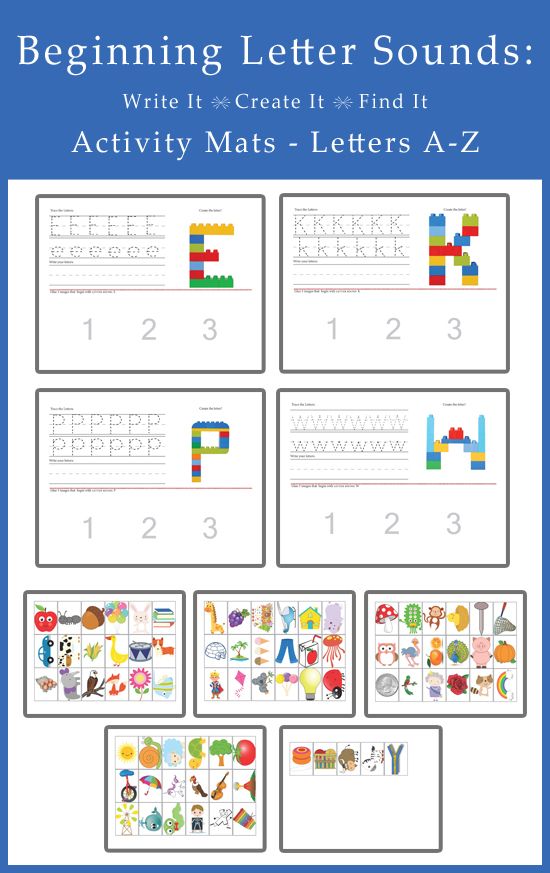
All vowels (stressed and unstressed) are marked with a red background. Iotated vowels are marked green-red: green means a soft consonant sound [y ‘], red means the vowel following it. Consonants with solid sounds are colored blue. Consonants with soft sounds are colored green. Soft and hard signs are painted in gray or not painted at all.
| Vowels | ao u e i y y y y e e |
| Consonants | c w w b c d d h k l m n n r s t f x h y |
| b, b | b b |
Designations:
- vowel, - iotated, - hard consonant, - soft consonant, - soft or hard consonant.
The blue-green color is not used in the schemes for phonetic analysis, since a consonant cannot be both soft and hard at the same time. The blue-green color in the table above is only used to show that the sound can be either soft or hard.
Words with the letter ё must be written through ё. Phonetic parsing of the words "everything" and "everything" will be different!
Vowel sounds and letters.
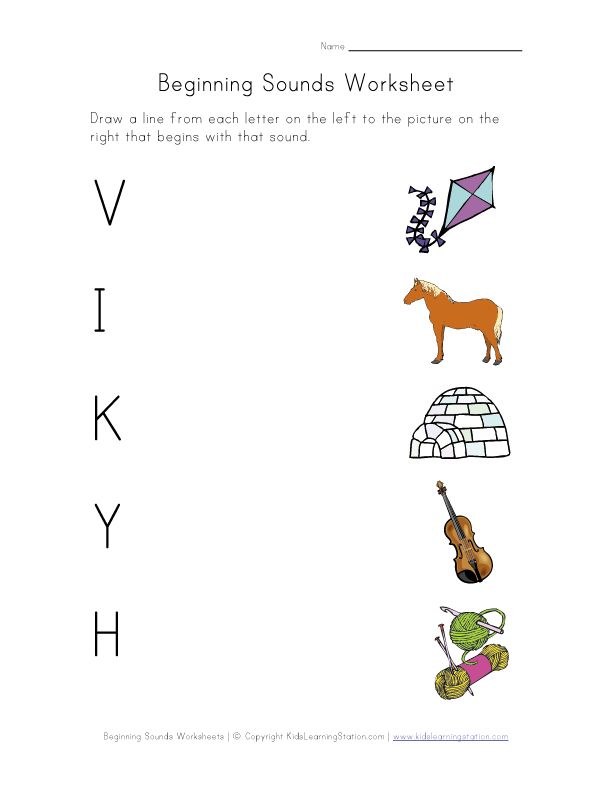 How many are there in Russian?
How many are there in Russian? Free introductory lesson in Russian
Enroll
Correct pronunciation of words is one of the components of beautiful and literate speech. To achieve this, you will first have to study the sounds themselves. In this article, we will figure out together what vowel sounds are, how many vowels are in the alphabet of the Russian language, and what sounds they can represent.
What are vowels and sounds
Vowel sounds are those sounds that we freely convey with our voice. Hence their name comes from: voice means "voice". When pronouncing, air exits through the mouth and does not create noise, and the position of the tongue and lips determines which vowel sound we will pronounce.
There are much fewer vowels in Russian than consonants. There are 6 of them in total: [a], [o], [i], [s], [y] and [e]. To understand whether a vowel sound is in front of you or not, try to sing it. For example:
For example:
-
a-a-a ,
-
woo
-
s-s-s .
If it works, then the sound is a vowel. You can't do that with consonants.
There are more vowels than sounds - there are 10 of them: a, i, u, u, o, e, e, e, i, s . This difference is due to the fact that some of these letters can represent two sounds and are pronounced using a combination of a vowel and a consonant [y']. For example, in word spruce the letter e expresses two sounds - [y'] and [e]. Let's look at the table all the vowel sounds and the letters that represent them.
| Letter | Sound | Example |
|---|---|---|
| a | [a] | pharmacy |
| i | [a] [d'] + [a] | change anchor |
| at | [y] | moon |
| [y] [y'] + [y] | love skirt | |
| about | [o] [a] | horse milk |
| e | [e] [y'] + [e] [and] | victory raccoon great |
| e | [o] [d'] + [o] | rope hedgehog |
| e | [e] | evolution |
| and | [and] [s] | caviar life |
| s | [s] | choice |
Demo lesson in Russian
Take the test at the introductory lesson and find out what topics separate you from the "five" in Russian.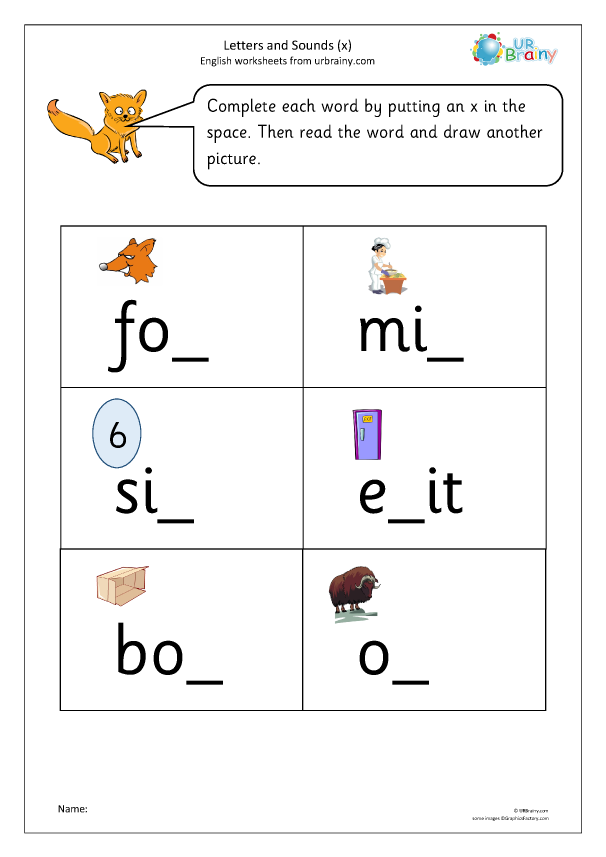
How vowel sounds are related to syllables
Vowel sounds form syllables - sound segments of words that we pronounce with one breath. One syllable can be either a vowel with one or more consonants, or a vowel alone. There is even a rule by which syllables can be counted: how many vowels in a word - so many syllables.
For example, in the word journey there are 5 vowels: [u], [i], [e], [i] and [e]. This means that it has 5 syllables: p-te-she-stv-e .
Test yourself!
Count the number of syllables in the words: try on, tanner, well-groomed, care, prefix, capital, wet, invitation, orange .
Vowel sounds and stress
Now let's see what groups vowel sounds are divided into. Sometimes their pronunciation depends on whether the stress falls on them, that is, whether we single them out with our voice. So vowel sounds are divided into stressed and unstressed. Here are some examples:
| | | |
|---|---|---|
| | | |
| | | |
| | | |
Stress in Russian can fall on any of the existing vowel sounds. However, only 4 of them can be unstressed - these are [a], [i], [y] and [s]. In this position, we pronounce sounds weaker than under stress, because of which they can change qualities and sound differently.
However, only 4 of them can be unstressed - these are [a], [i], [y] and [s]. In this position, we pronounce sounds weaker than under stress, because of which they can change qualities and sound differently.
Interestingly, the vowels [o] and [e] can only be stressed. There are only a couple of exceptions to this rule: for example, in words cocoa and canoe sounds [o] and [e] in an unstressed position.
How unstressed vowels are related to consonants
How an unstressed vowel sounds depends on the consonant that precedes it. Or rather, from its hardness or softness. If it is a hard consonant, it can be followed by unstressed vowels [y], [a] and [s]. When we talk about a soft consonant, it is followed by unstressed vowels [u] and [i].
| | |
|---|---|
| | |
| | |
| | |
Free English lessons with a native speaker
Practice 15 minutes a day.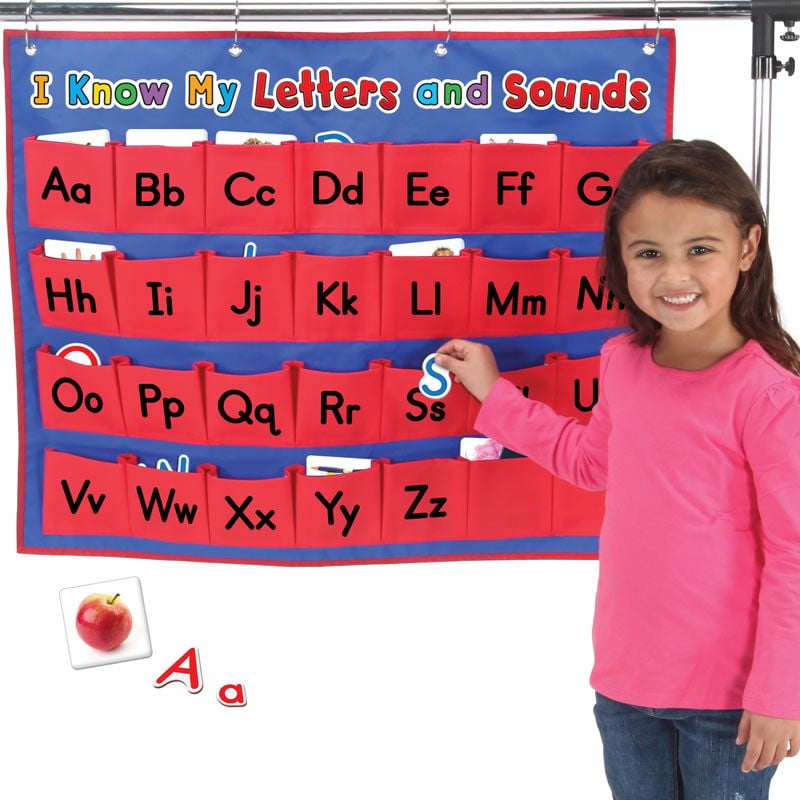 Learn English grammar and vocabulary. Make language a part of life.
Learn English grammar and vocabulary. Make language a part of life.
Test yourself
It's time to find out if you now understand well what vowel sounds are in Russian. To do this, we have prepared tasks for self-examination.
Task 1
List all the vowels in these words:
fair,
rejoice,
doll,
distant,
buddy,
voting,
mirror,
story,
OK,
captivate.
Task 2
Name 5 words each in which the sounds [a], [i], [y] and [s] would be in a stressed position.
Task 3
Name 5 words in which an unstressed vowel would come after a hard consonant and 5 more words where it would follow a soft consonant.
Task 4
Count the number of syllables in the words below (remember to use the rule you learned at the beginning of the article!):
-
weightless,
-
sunrise,
-
adventure,
-
painter,
-
perpetuate,
-
nice,
-
image,
-
category,
-
exciting,
-
melting,
-
snowflake.
